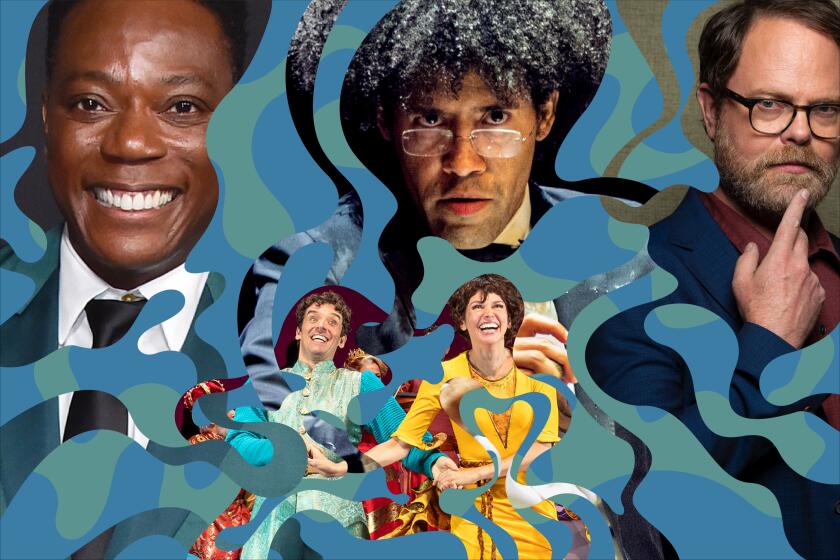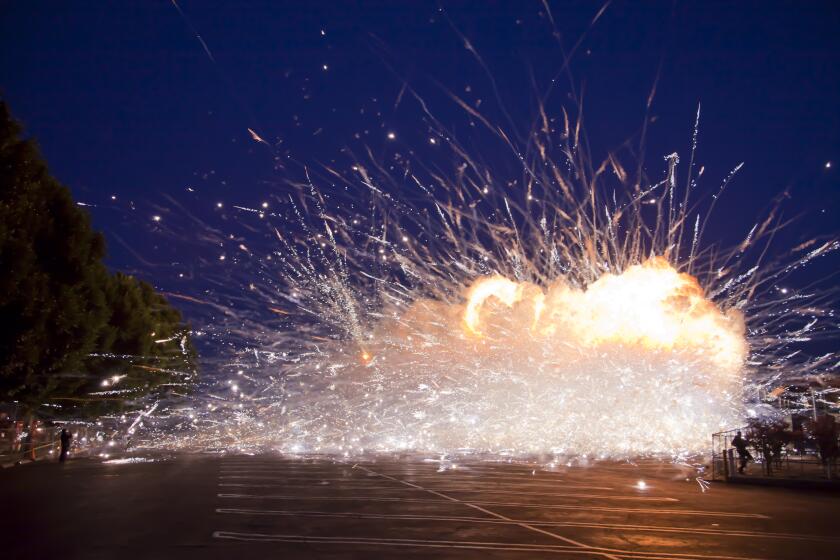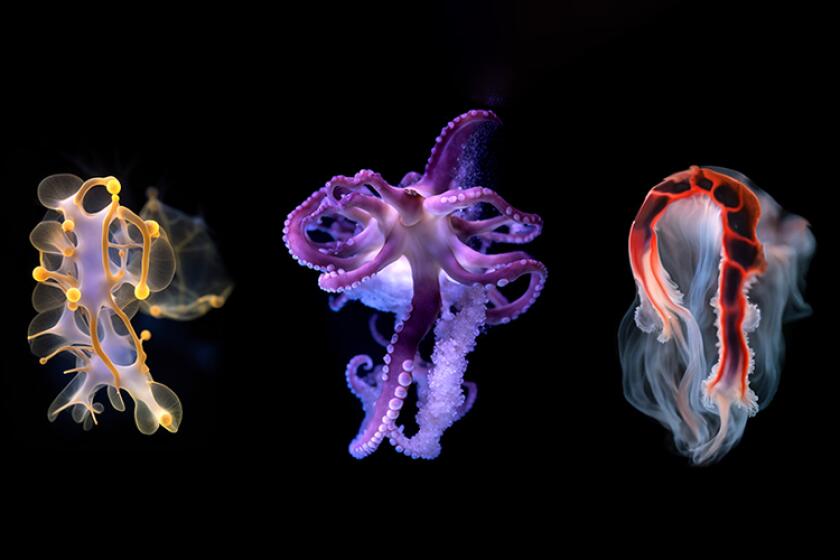Curator’s Getty Years Draw to a Close
“It’s a great job,” George Goldner says of his position as curator of paintings and drawings at the J. Paul Getty Museum. Those who have watched him spend a big chunk of the Getty’s fortune on more than 400 Old Master drawings and multimillion-dollar paintings by Van Gogh, Pontormo, Manet and Titian would surely agree.
So why is he leaving the Getty for the Metropolitan Museum of Art in New York?
“The Met is a great museum, probably the best in this country,” according to the 49-year-old curator. As chairman of the Met’s departments of drawings and prints--starting around the end of the year--he will oversee an extraordinary cache of artworks. In his opinion, the Met’s drawings collection--with particular strengths in French and Italian material--has one U.S. rival: the Pierpont Morgan Library in New York. And the only collection of prints that may outclass the Met’s is that of Boston’s Museum of Fine Arts.
“Each job has its virtues and advantages,” he said. “I’m sorry to leave. I’ve been at the Getty for 15 years. I grew up professionally there and I have wonderful friends and colleagues. . . . Looking around the country, this is the only job I can think of that I would have wanted to take after the Getty.”
But the time had come to move. The Getty’s recent $6.27-million purchase of a Michelangelo drawing of the Holy Family “brought the drawings collection to the point I wanted,” he said. As for his stewardship of paintings, he said: “I gave the collection a new direction and I like to think I brought it to a new level.”
John Walsh, director of the Getty Museum, praised Goldner’s achievements. “We’re pleased for George that his new job in New York will be such an influential one,” he said.
Goldner will oversee a staff of 12 at the Met, including seven other curators. He will be in charge of two curatorial departments, as he was at the Getty, but exchange paintings for prints.
“It’s more of an expanded position than a new position,” Metropolitan Museum director Philippe de Montebello said of Goldner’s job. The museum was looking for a curator of drawings at the same time as it was considering a merger of the prints and drawings departments--to eliminate “redundancy” and stimulate intellectual interchange, he said. “George seemed to be the right person to do that. He did a wonderful job at the Getty, not only in terms of money but in his sense of quality, skill and cleverness. He is well known in the field . . . and he is a good connoisseur,” De Montebello said.
Goldner will have less money to spend at the Met, but he will be involved in “a more active program” including acquisitions, exhibitions, scholarships and working with donors, De Montebello said.
“No collection is complete, from the Louvre on down,” Goldner said. “I will be buying and encouraging other curators to buy for the Met.” His new position may put him in occasional bidding wars with the Getty, which he acknowledges will have the financial advantage, but he anticipates no animosity. “We’re old friends. If that happens, we’ll work it out,” he said.
Rumors of Goldner’s move to the Met had circulated around the art world since 1991, when he relocated to New York, but Goldner said his decision was “a matter of days, not weeks or months.” And the change was not predicated by a current exchange exhibition of drawings at the two museums, he said.
Goldner does have personal reasons for leaving his West Coast employer, however. “I grew up in New York. The Met is the first museum I ever went into,” he said. “I guess you could say that I am going to join the home team at a certain age.”
More to Read
The biggest entertainment stories
Get our big stories about Hollywood, film, television, music, arts, culture and more right in your inbox as soon as they publish.
You may occasionally receive promotional content from the Los Angeles Times.






